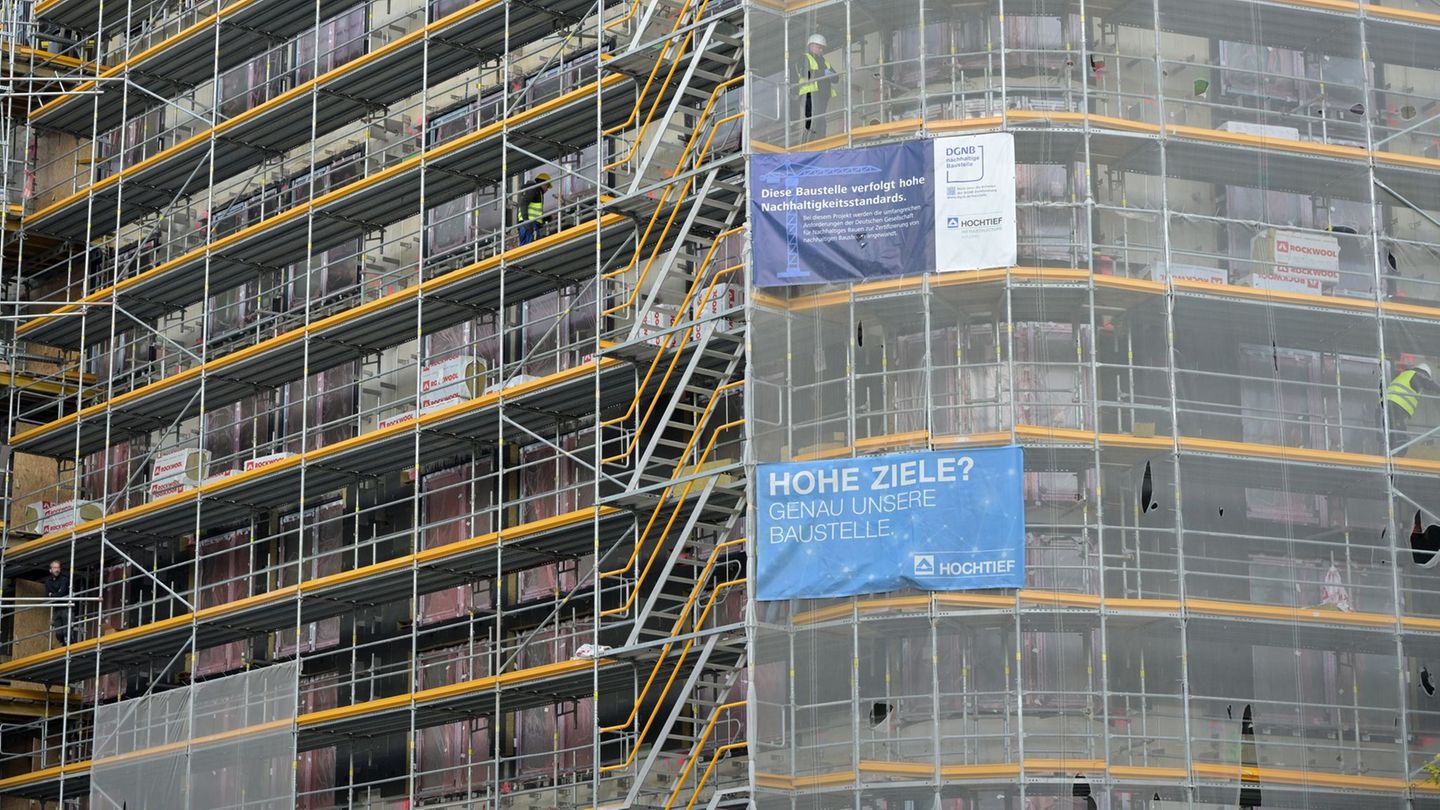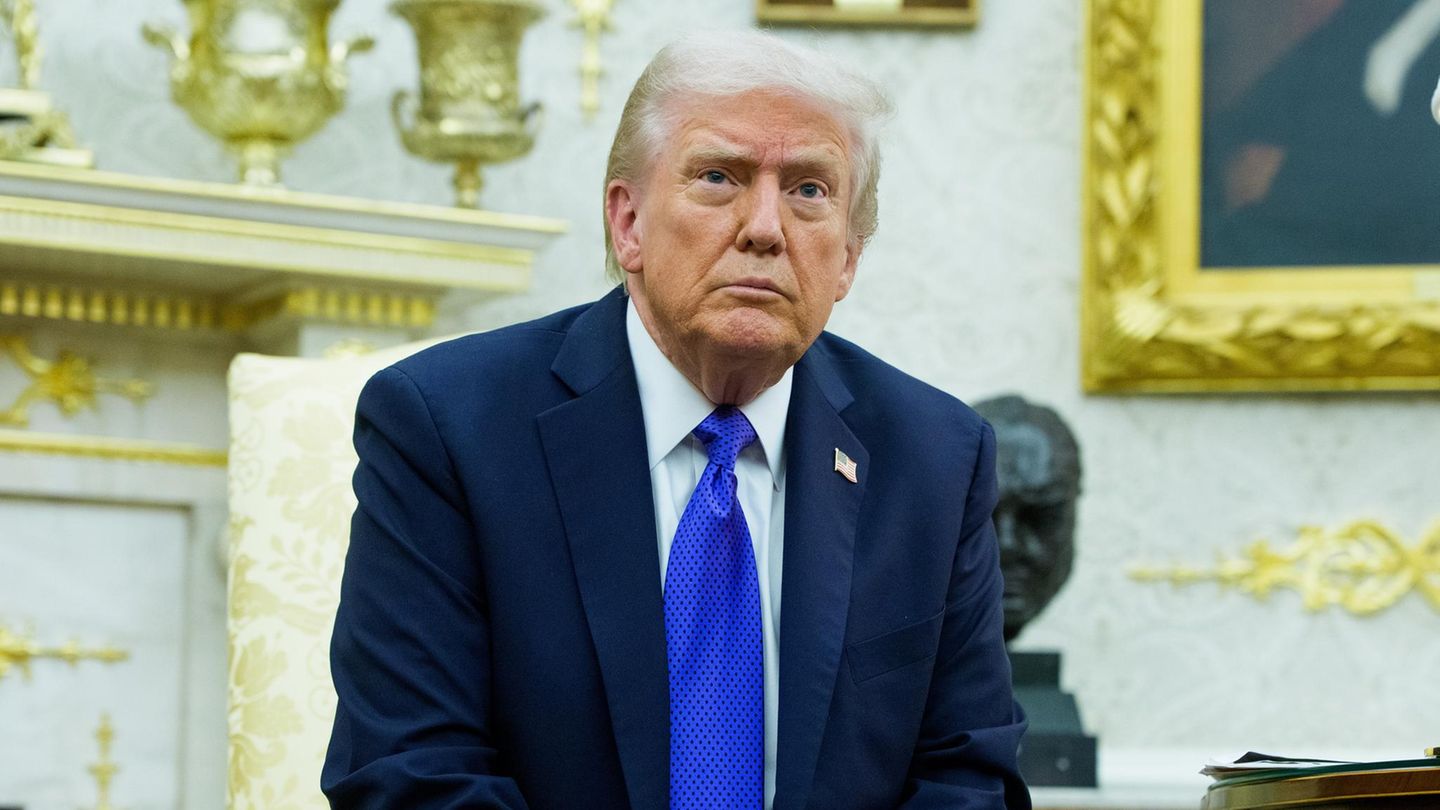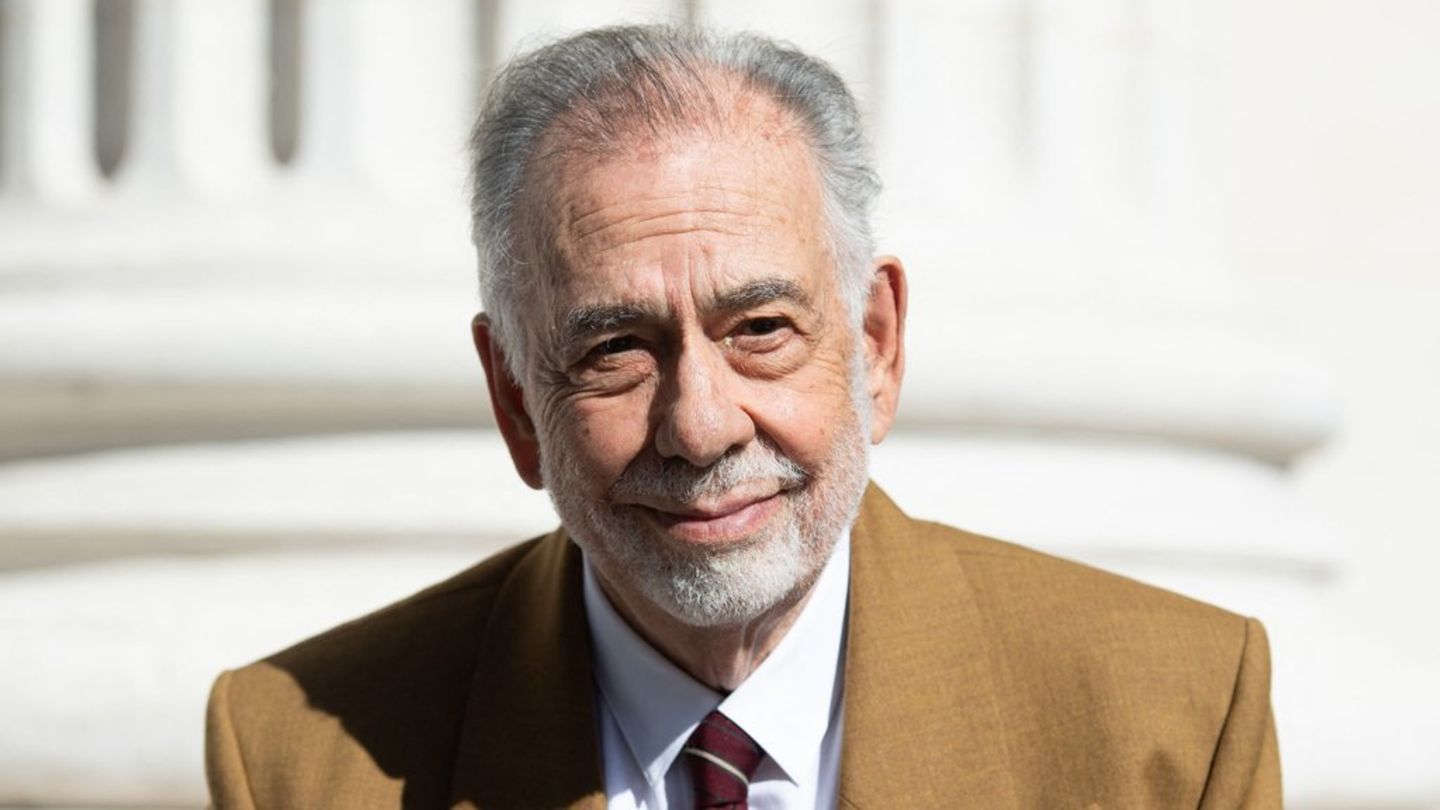After a long announcement, Ukrainian President Volodymyr Zelensky presented five points for an end to the war with Russia in Kiev. But how realistic are his ideas?
Ukrainian President Volodymyr Zelensky presented his five-point “victory plan” for ending the war with Russia in Kiev. Central to this is a quick invitation to join the Western military alliance NATO. “Over the course of decades, Russia has exploited the geopolitical uncertainty in Europe and the fact that Ukraine is not a member of NATO,” the head of state emphasized in parliament to the MPs and the assembled country’s leadership. This led Russia to attack Ukraine. The invitation to NATO will become “a real foundation for peace.” The five points and their chances of being realized:
1. Invitation to NATO
There is no consensus on this issue in NATO. The NATO leadership regularly emphasizes that Kiev can join the alliance in the future. However, several alliance states are publicly speaking out against such an accession prospect. One of Moscow’s declared war goals is to force a neutral status for Ukraine.
2. Strengthen defense – take the war to Russia
A second point envisages strengthening the defense. In addition, the war is to be expanded to include Russian territory. “This is realistic – holding our positions on the battlefield in Ukraine and at the same time bringing the war back to Russian territory so that the Russians really feel what war means,” Zelensky said. The aim is to direct Russian hatred towards the Kremlin. To this end, the Ukrainian army’s operation in the Russian border region of Kursk, which has been running since August, is to be continued.
To implement this point, clearance for the use of Western weapons against targets on Russian territory is also required. As far as is known, the USA, Great Britain and France have so far supplied Ukraine with missiles with a range of up to 300 kilometers. The USA has so far rejected this release. Britain’s position looks more flexible.
3. Arm Ukraine as a deterrent
In addition, with the help of Western partners, sufficient conventional weapons should be produced and stationed in Ukraine to deter Russia from further attacks. “If Russia knows that there will be an answer and understands what that answer looks like, they will choose negotiations and stable coexistence even with strategic opponents,” the president explained the plan. Peace should be enforced through strength.
Many Western arms companies are starting to produce in Ukraine. However, Zelensky is hoping that Western countries will provide the necessary financing. After more than two and a half years of unprecedented aid, countries like the US and Germany are gradually scaling back their support.
4. Access to Ukrainian raw materials
Ukraine has valuable raw materials “worth trillions of dollars,” Zelensky said. He cited uranium, titanium, lithium and graphite as examples. The question is whether these resources fell to Russia and its allies in global competition or remained with Ukraine and – as he said – the democratic world. With this proposal, Zelensky is trying to lure Western partners. In Moscow, too, it is often argued that Russia needs to secure these raw materials.
5. Ukraine as a European security power
Zelensky said that after Russia’s war of aggression ends, Ukraine will use its military experience for the security of Europe and NATO. Their soldiers could even replace US troops in Europe, he said. This proposal is apparently aimed at the USA. They hope to scale back their involvement on the European continent – whether under a Republican or Democratic government. But the Ukrainian proposal would require complicated coordination between Washington, European capitals and Kiev.
Zelensky had already presented this plan, including non-public parts, in Washington, London, Paris, Rome and Berlin. A presentation at the European Council in Brussels is planned for Thursday. The Ukrainian president hopes to end the war on his own terms next year. Ukraine has been defending itself against a Russian invasion with Western help for more than two years.
Source: Stern
I have been working in the news industry for over 6 years, first as a reporter and now as an editor. I have covered politics extensively, and my work has appeared in major newspapers and online news outlets around the world. In addition to my writing, I also contribute regularly to 24 Hours World.




